This dashboard shows information on the data collected by the regional councils and unitary authorities for water quality indicators, analysed as state and trend. Select an indicator to see the historical monitoring data.
-
State
The state is represented by attribute bands in the National Policy Statement for Freshwater Management 2020 for most indicators.
-
Trend
Trend shows how the quality of water is changing over time. Depending on the sampling history duration, five, ten, fifteen and twenty year timescales are available:
Phosphorus
State
Trend
Total Phosphorus sample history at this site
What is this graph showing me?
This graph is displaying Total Phosphorus concentrations over the selected time period. You can adjust this period by changing the dropdowns. These records form the basis for the state and trend indicators displayed on the dashboard. Find out about how State and Trend are calculated.
Monitoring data are displayed from 2004 onwards (where available). Data displaying from 2025 may not have gone through council quality assurance processes and should be treated as unverified.
What do the attribute band icons mean?
The bands for Total Phosphorus are as outlined in the National Policy Statement for Freshwater Management 2020:
Nitrogen
State
Trend
Total Nitrogen sample history at this site
What is this graph showing me?
This graph is displaying Total Nitrogen concentrations over the selected time period. You can adjust this period by changing the dropdowns. These records form the basis for the state and trend indicators displayed on the dashboard. Find out about how State and Trend are calculated.
Monitoring data are displayed from 2004 onwards (where available). Data displaying from 2025 may not have gone through council quality assurance processes and should be treated as unverified.
What do the attribute band icons mean?
The bands for Total Nitrogen are as outlined in the National Policy Statement for Freshwater Management 2020:
Nitrogen
State
Trend
Ammoniacal Nitrogen sample history at this site
What is this graph showing me?
This graph is displaying Ammoniacal Nitrogen concentrations over the selected time period. These monitoring data have not been pH adjusted. You can adjust this period by changing the dropdowns. These records form the basis for the state and trend indicators displayed on the dashboard. Find out about how State and Trend are calculated.
Monitoring data are displayed from 2004 onwards (where available). Data displaying from 2025 may not have gone through council quality assurance processes and should be treated as unverified.
What do the attribute band icons mean?
The bands for Ammonia (toxicity) are as outlined in the National Policy Statement for Freshwater Management 2020:
Algae
State
Trend
Chlorophyll a sample history at this site
What is this graph showing me?
This graph is displaying Chlorophyll a concentrations over the selected time period. You can adjust this period by changing the dropdowns. These records form the basis for the state and trend indicators displayed on the dashboard. Find out about how State and Trend are calculated.
Monitoring data are displayed from 2004 onwards (where available). Data displaying from 2025 may not have gone through council quality assurance processes and should be treated as unverified.
What do the attribute band icons mean?
The bands for Chlorophyll a are as outlined in the National Policy Statement for Freshwater Management 2020:
Algae
State
Trend
Cyanobacteria sample history at this site
What is this graph showing me?
This graph is displaying Cyanobacteria concentrations over the selected time period. You can adjust this period by changing the dropdowns. These records form the basis for the state and trend indicators displayed on the dashboard. Find out about how State and Trend are calculated.
Monitoring data are displayed from 2004 onwards (where available). Data displaying from 2025 may not have gone through council quality assurance processes and should be treated as unverified.
What do the attribute band icons mean?
The bands for Cyanobacteria are as outlined in the National Policy Statement for Freshwater Management 2020:
Clarity
State
Trend
Secchi disc depth sample history at this site
What is this graph showing me?
This graph is displaying Secchi disc depth measurements over the selected time period. You can adjust this period by changing the dropdowns. These records form the basis for the state and trend indicators displayed on the dashboard. Find out about how State and Trend are calculated.
Monitoring data are displayed from 2004 onwards (where available). Data displaying from 2025 may not have gone through council quality assurance processes and should be treated as unverified.
What do the attribute band icons mean?
The grades for Secchi disc depth are defined as follows:
Bacteria
State
Trend
E. coli sample history at this site
What is this graph showing me?
This graph is displaying E. coli concentrations over the selected time period. You can adjust this period by changing the dropdowns. These records form the basis for the state and trend indicators displayed on the dashboard. Find out about how State and Trend are calculated.
Monitoring data are displayed from 2004 onwards (where available). Data displaying from 2025 may not have gone through council quality assurance processes and should be treated as unverified.
What do the attribute band icons mean?
The bands for E. coli are as outlined in the National Policy Statement for Freshwater Management 2020:
